What’s Up?
I wrote this blog post on Tuesday morning. I spent most of Monday doing final edits of three folders: Namibia to Transfer (549 kept out of 1549), Palouse 2016 to Transfer (304 kept out of 1304), and DeSoto-Gatorland-FL Spring 2016 to Transfer (409 kept out of 1252). While I am traveling, images from the trip are kept in Month/Day/Year folders that are edited twice before I get home. On the first edit, if I am not sure about an image, I keep it. On the second edit, if I am not sure about an image, I delete it. Once I am back home I consolidate all of the trip images into a single To Transfer folder (as noted above). The last step in the editing process is the third and final edit: I keep only the very best images and those that might have educational value. Today, Tuesday, I will–with Jim’s help–transfer these three folders to the main computer.
The Streak
Today’s blog post marks a totally insane, completely ridiculous, unfathomable, silly, ‘incomprehensible, makes-no-sense, 227 days in a row with a new blog post. And I still have dozens of new topics to cover; there should be no end in sight until my big South America trip next fall. As always-–and folks have been doing a really great job recently–-please remember to use our B&H links for your major gear purchases. For best results use one of our many product-specific links; after clicking on one of those you can continue shopping with all subsequent purchases invisibly tracked to BAA. Your doing so is always greatly appreciated. Please remember: web orders only. Please remember that if you are shopping for items that we carry in the BAA Online Store (as noted in red at the close of this post below) we would appreciate your business.
|
You can purchase a copy of Photo Mechanic in the BIRDS AS ART Online Store here. See important details below. |
Photo Mechanic: $150
I use Photo Mechanic every day for ingesting (downloading) my images, picking my keepers, and sorting and arranging image files. It is fast and easy to use with great phone support: +1 503.547.2888 Mon-Fri, 9:00am-5:00pm [PST/PDT]. Purchase Photo Mechanic from BIRDS AS ART and your license code will be sent to you via e-mail within 1-7 business days (usually within 1-3 business days). Your copy of Photo Mechanic will be delivered to you via electronic download from the manufacturer’s website.
Photo Mechanic is a standalone image browser and workflow accelerator that lets you view your digital photos with convenience and speed. Photo Mechanic’s super fast browsing and its ability to quickly Ingest, Edit, and Export your photos, takes the hard work out of your workflow. Its powerful batch processing, full support of IPTC and Exif metadata, and innovative use of image variables and code replacements, make Photo Mechanic an indispensable tool for digital photographers.
Photo Mechanic works on both PCs and Macs. Read my Photo Mechanic tips and learn how I use it by clicking here. Folks using a PC who are looking for a good browsing program need to read the fine print to decide between Photo Mechanic and BreezeBrowser. If I were on a PC, I would still be using and loving BreezeBrowser.
Best News
Folks who subscribe to the blog can call Jim or Jennifer at 863-692-0906 weekdays before 2pm to receive a small thank you discount. Or, if they wish to purchase Photo Mechanic in the BIRDS AS ART Online Store here, they can e-mail Jim for a discount code.
|
This image was created at Gatorland on May 5 with the hand held Canon EF 100-400mm f/4.5-5.6L IS II USM lens (at 360mm) and the mega mega-pixel Canon EOS 5DS R. ISO 400. Evaluative metering +1/3 stop: 1/3200 sec. at f/6.3. Daylight WB. The selected AF point was two to the right and one row up from the center AF point/AI Servo Expand/Rear Focus AF as framed was active at the moment of exposure (as is always best when hand holding). The selected point fell on the bottom part of the bird’s eye. Click here to see the latest version of the Rear Focus Tutorial. Click on the image to see a larger version. Great Egret, large chick |
Too Much Depth of Field…
In the Gatorland Report, 100-400 II Versatility, and Depth-of-Field Question… blog post here, I posted:
Depth-of-Field Question…
With the bird’s eye super-sharp and the tip of the beak not in sharp focus, would I have been better off going to a small aperture like f/13? Why or why not? I did have lots of shutter speed to work with…
The majority opinion was that I should have stopped down to get the tip of the beak in focus and that doing so would have had a negligible effect on the out of focus background. Folks even quoted depth of field charts to back up their claims that the background would not be affected.
In truth, nothing could be further from the truth. While the distant background would not have been anywhere near truly sharp, unwanted background detail–in this case bushes and a fence–would have been brought up quite unpleasantly. This image is all about the beautiful background which would have been ruined had I stopped down substantially.
I have a series of two Palouse images that I will be posting here soon to drive home the point above.
|
This image was created on the Fort DeSoto IPT with the hand held Canon EF 600mm f/4L IS II USM lens, the Canon Extender EF 1.4X III, and the Canon EOS-1D X Mark II with a 64GB Card and Reader ISO 1000. Evaluative metering +1/3 stop: 1/500 sec. at f/5.6. 65-Point Automatic Selection/AI Servo/Shutter Button AF as framed was active at the moment of exposure (as is always best when hand holding). The system selected a single AF point the fell squarely on the bird, one row up and four to the left of the center AF point. Click on the image to see a larger version. Brown Pelican at sunrise |
With regards to the image above–originally featured in the 1DX II Automatic Selection AF at Sunrise… blog post here, this was the question of the day:
Tripod Question
Can anyone figure out why I was hand holding the 600 II with the 1.4X III TC in relatively low light rather than working off my Induro tripod?
The true and simple answer was that I inadvertently left the tripod in the trunk of my Sequoia; easy to do when you are using the Wheeleeze to make your life easy. This fat-wheeled cart has extended my beach photography career by a decade or two. You can learn about the Wheeleeze by clicking on the Beach Stuff tab in the center of the top orange/yellow menu bar at the top of each blog post.
|
This is a pano crop of today’s featured image. With the hand held Canon EF 100-400mm f/4.5-5.6L IS II USM lens (at 400mm) and the mega mega-pixel Canon EOS 5DS R. ISO 500. Evaluative metering +2 stops off the gray sky: 1/1600 sec. at f/5.6 in Manual mode. AWB. Center AF point/AI Servo Expand/Shutter Button AF with the selected AF point squarely on the top of the eagle’s back (as originally framed) was active at the moment of exposure. Click on the image to see a larger version. Image #2 Pano crop of Steller’s Sea-eagle taking flight |
2X3 or Pano Crop? Your Call
In the 100-400II/5DS R Flight: 2X3 or Pano Crop? Your Call blog post here, I asked:
Which do you prefer, the 2X3 version or the pano crop? Help keep the blog interactive by letting us know which you like better and why.
Opinions were split about 50-50. My very great preference is for the pano version presented above as it makes the image all about the subject. The large expanse of boring sky in the original 3X2 image does not add anything in my opinion. At least one person who kindly left a comment suggesting that the subject was too centered missed the snow behind the sea-eagle that was kicked up by the bird taking flight. The only way to include all of that snow was to place the bird in the middle of the frame.
|
Consider joining me in Japan in February, 2017, for the world’s best Japan in Winter workshop. Click on the card to enjoy the spectacular larger version. |
Japan In Winter IPT. February 9-24, 2017: $11,499 (was $13,999)/double occupancy. Limit 9/Openings: 5.
Price Reduced $2,500 on 3-8-16!
All lodging including the Tokyo hotel on 9 FEB, all breakfasts & dinners, ground transport and transfers including bus to the monkey park hotel, and all entrance fees and in-country flights are included. Not included: international flights, some lunches–a few are on the run, and alcoholic beverages.
Please e-mail for couple and IPT repeat customer discount information.
This trip is one day longer than the great 2014 trip to allow for more flexibility, more time with the cranes, and most importantly, more time for landscape photography. Hokkaido is gorgeous. You will enjoy tons of pre-trip planning and gear advice, in-the-field instruction and guidance, at-the-lodge Photoshop and image review sessions in addition to short introductory slide programs for each of the amazing locations. Skilled photographer Paul McKenzie handles the logistics and we enjoy the services of Japan’s best wildlife photography guide whom I affectionately call “Hokkaido Bear.” His network of local contacts and his knowledge of the weather, the area, and the birds is unparalleled and enables him to have us in the best location every day.
|
Amazing subjects. Beautiful settings. Nonstop action and unlimited opportunities. Join me. |
The Logistics
Arrive Tokyo: 9 FEB 2017 the latest. 8 FEB is safer and gives you a day to get acclimated to the time change. Your hotel room for the night of the 9th is covered.
Bus Travel to Monkey Park Hotel: 10 FEB: A 1/2 DAY of monkey photography is likely depending on our travel time… This traditional hotel is first class all the way. Our stay includes three ten course Japanese dinners; these sumptuous meals will astound you and delight your taste buds. There are many traditional hot springs mineral baths (onsens) on site in this 150 year old hotel.
Full Day snow monkeys: FEB 11.
Full Day snow monkeys: FEB 12.
13 FEB: Full travel day to Hokkaido/arrive at our lodge in the late afternoon. The lodge is wonderful. All the rooms at the lodge have beds. Bring your warm pajamas. A local onsen (hot springs bath and tubs) is available for $5 each day before dinner–when you are cold, it is the best thing since sliced bread. The home-cooked Japanese styles meals at the lodge are to die for. What’s the best news? Only a small stand of woods separates us from the very best crane sanctuary. During one big snowstorm we were the only photo group to be able to get to Tsurui Ito; we had the whole place to ourselves in perfect conditions for crane photography!
FEB 14-23: Red-crowned Crane, raptors in flight, Whooper Swans, and scenic photography. Ural Owl possible. An overnight trip to Rausu for Steller’s Sea Eagle and White-tailed Eagle photography on the tourists boats is 100% dependent on the weather, road, and sea ice conditions. Only our trip offers complete flexibility in this area. It has saved us on more than once occasion. The cost of 2 eagle-boat trips is included. If the group would like to do more than two boat trips and we all agree, there will be an additional charge for the extra trip or trips. No matter the sea ice conditions, we will do two eagle boat trips (as long as we can make the drive to Rausu; it snows a lot up there). We have never been shut out.In 2016 there was no sea ice but our guide arranged for two amazingly productive boat trips.
Lodging notes: bring your long johns for sleeping in the lodge. At the Snow Monkey Park, and in Rausu, the hotel the rooms are Japanese-style. You sleep on comfortable mats on the floor. Wi-fi is available every day of the trip.
FEB 24. Fly back to Tokyo for transfer to your airport if you are flying home that night, or, to your hotel if you are overnighting. If you need to overnight, the cost of that room is on you.
|
Life is short. Hop on the merry-go-round. |
To Sign Up
To save your spot, please send your $5,000 non-refundable deposit check made out to “Birds as Art” to Arthur Morris/BIRDS AS ART, PO Box 7245, Indian Lake Estates, FL 33855. I do hope that you can join me for this trip of a lifetime. Do e-mail with any questions or give me a buzz at 863-692-0906.
Purchasing travel insurance within 2 weeks of our cashing your deposit check is strongly recommended. On two fairly recent Galapagos cruises a total of 5 folks were forced to cancel less than one week prior to the trip. My family and I use Travel Insurance Services and strongly recommend that you do the same.
Please Remember to use our Affiliate Links and to Visit the New BAA Online Store 🙂
To show your appreciation for my continuing efforts here, we ask, as always, that you get in the habit of using my B&H affiliate links on the right side of the blog for all of your photo and electronics purchases. Please check the availability of all photographic accessories in the New BIRDS AS ART Online Store, especially the Mongoose M3.6 tripod head, Wimberley lens plates, Delkin flash cards and accessories, and LensCoat stuff.
As always, we sell only what I have used, have tested, and can depend on. We will not sell you junk. We know what you need to make creating great images easy and fun. And we are always glad to answer your gear questions via e-mail.
I would of course appreciate your using our B&H affiliate links for all of your major gear, video, and electronic purchases. For the photographic stuff mentioned in the paragraph above we, and for everything else in the new store, we, meaning BAA, would of course greatly appreciate your business. Here is a huge thank you to the many who have been using our links on a regular basis and those who will be visiting the New BIRDS AS ART Online Store as well.
Be sure to like and follow BAA on Facebook by clicking on the logo link upper right. Tanks a stack!
Typos
In all blog posts and Bulletins, feel free to e-mail or to leave a comment regarding any typos or errors. Just be right 🙂

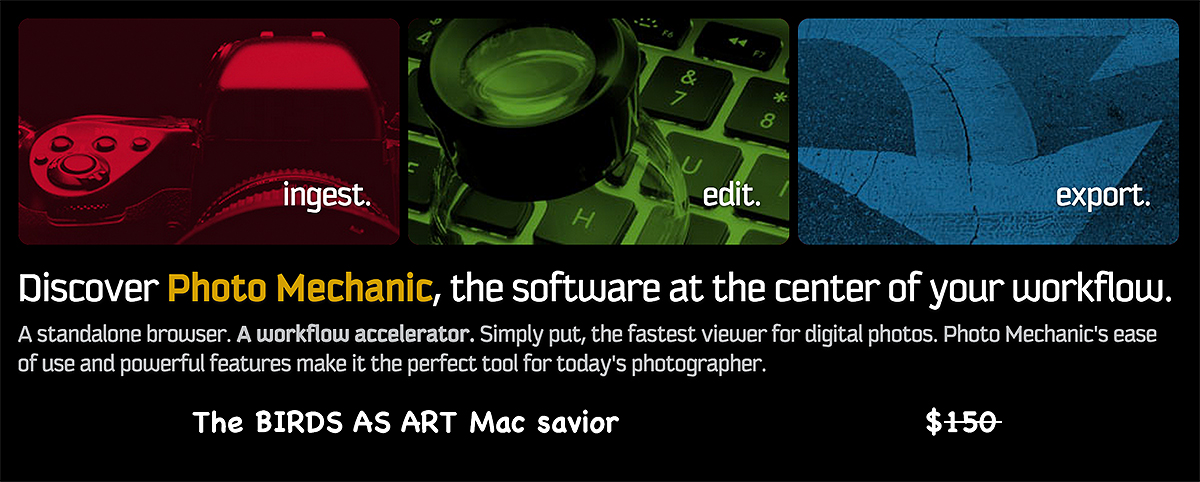
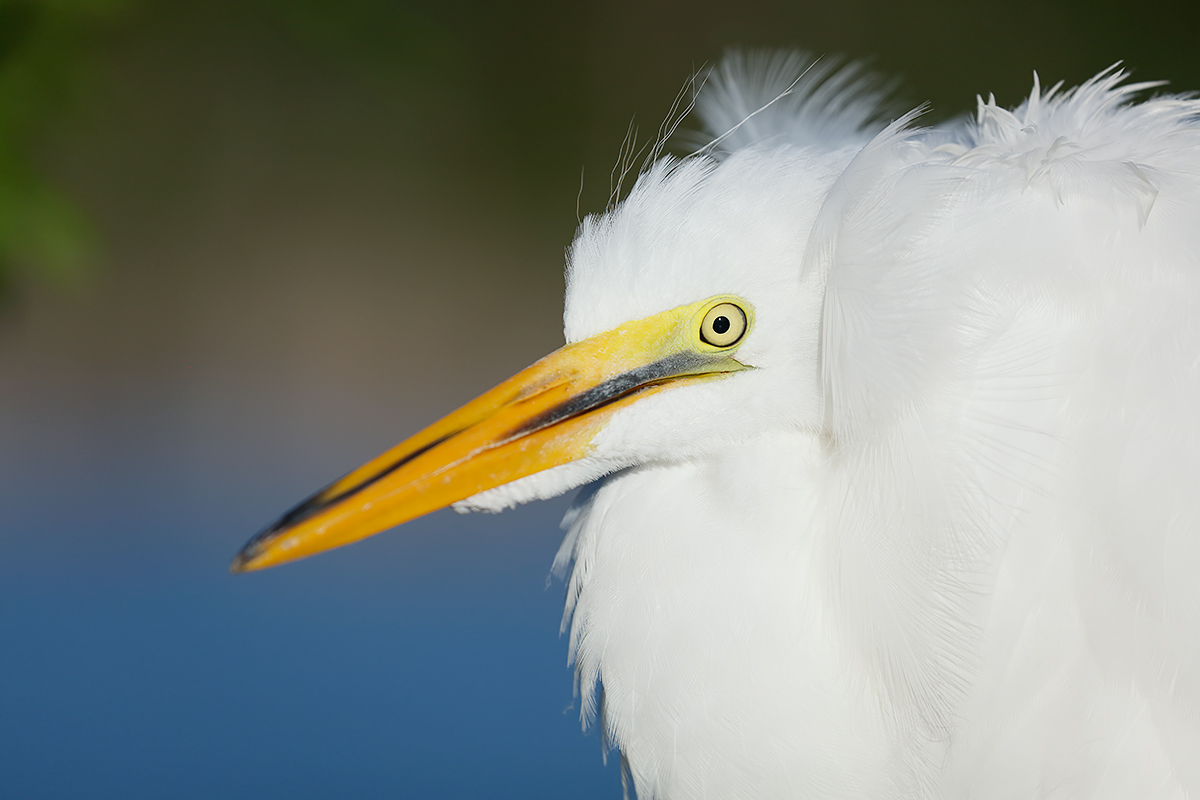
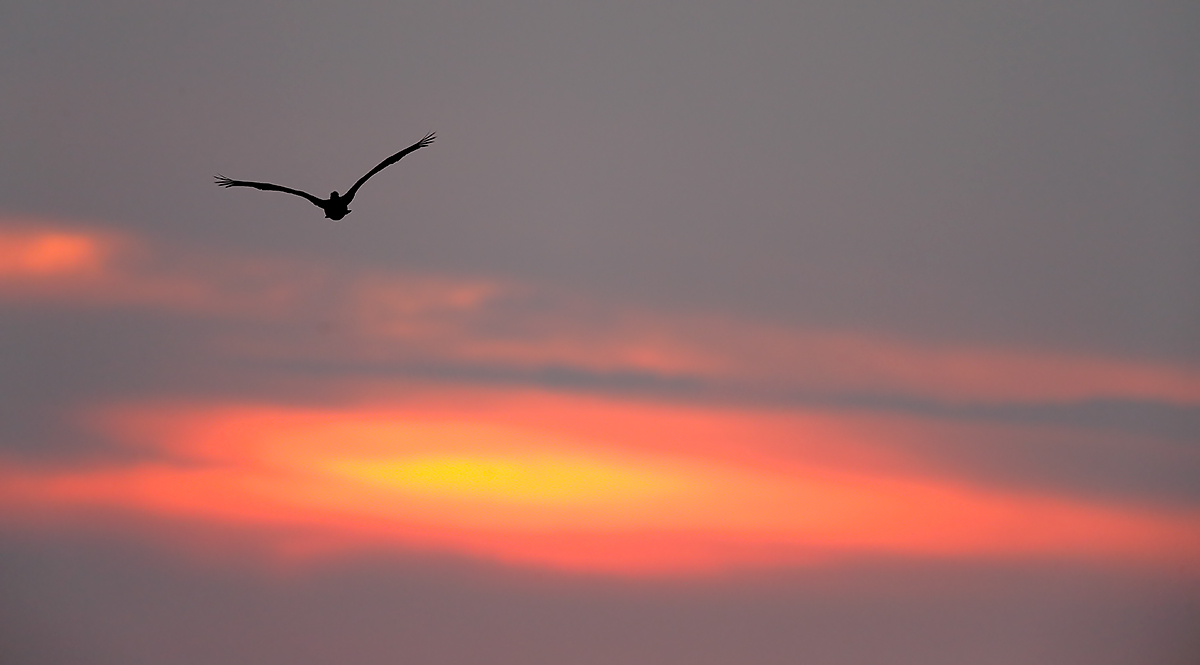
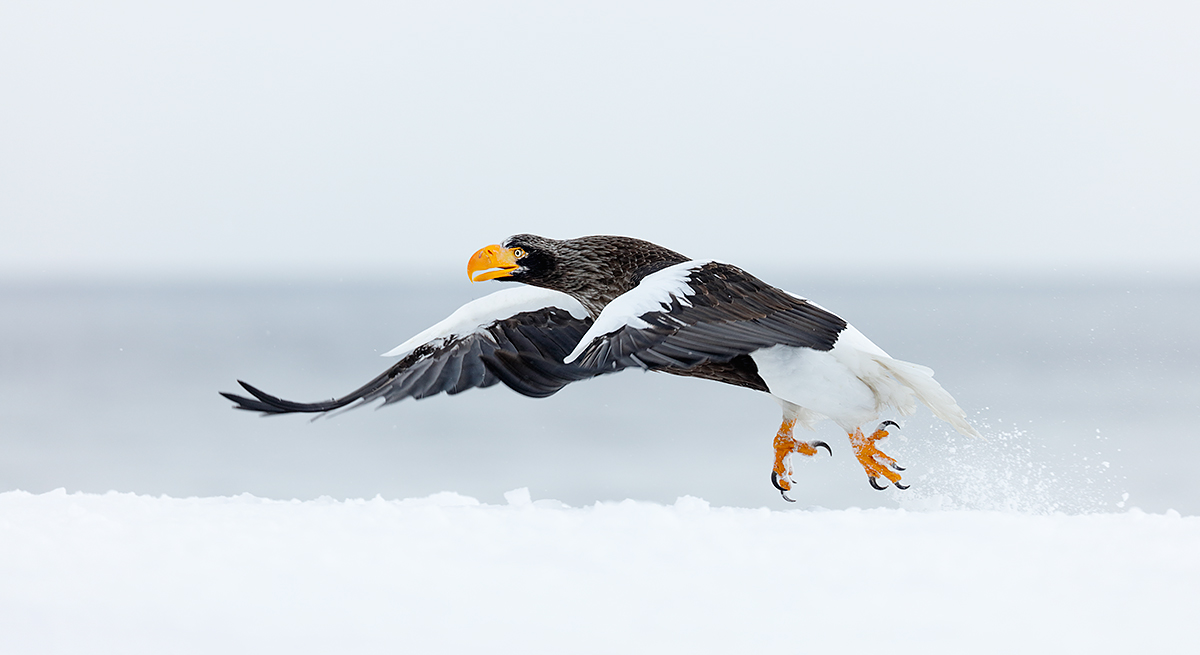
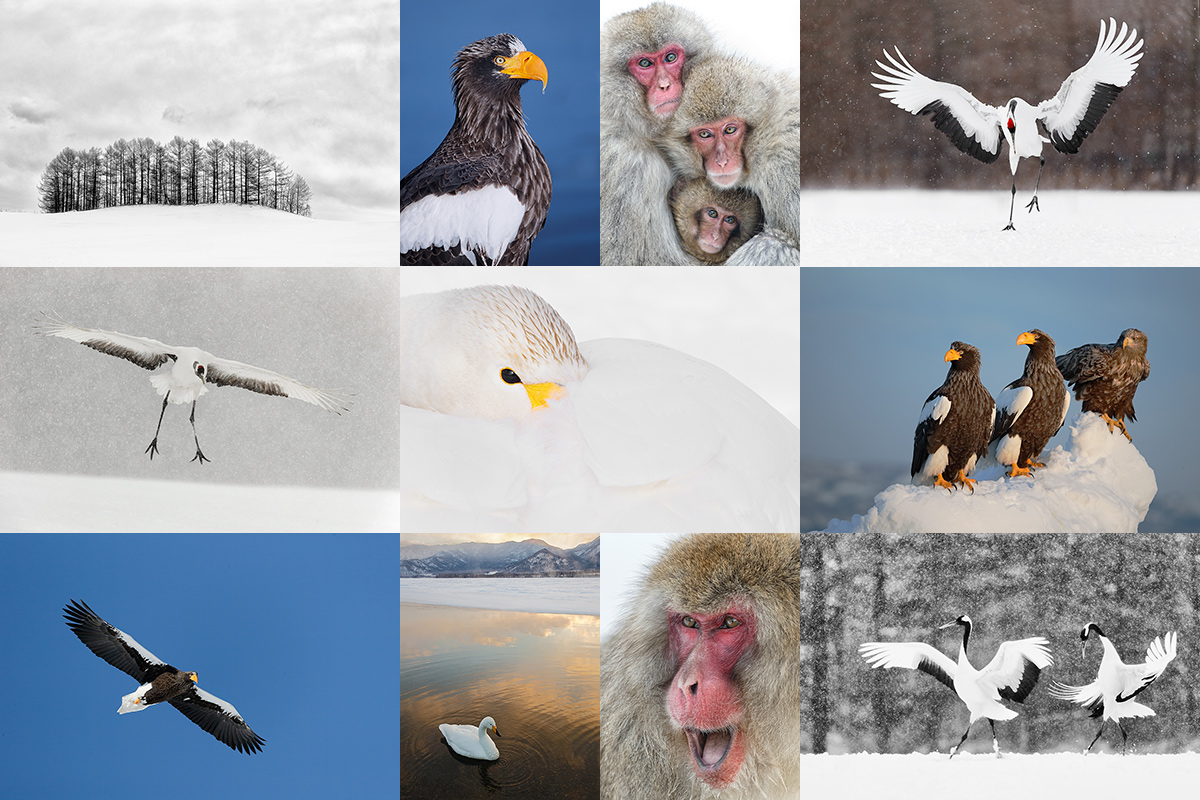
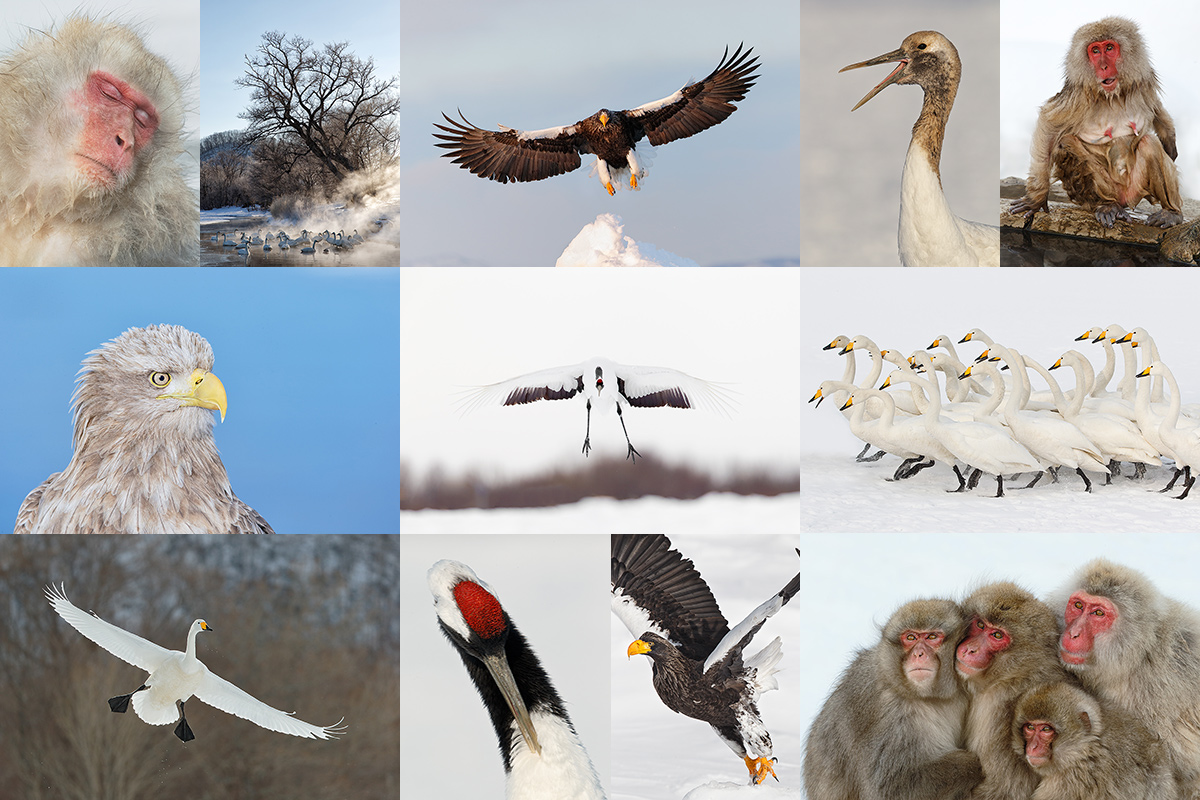
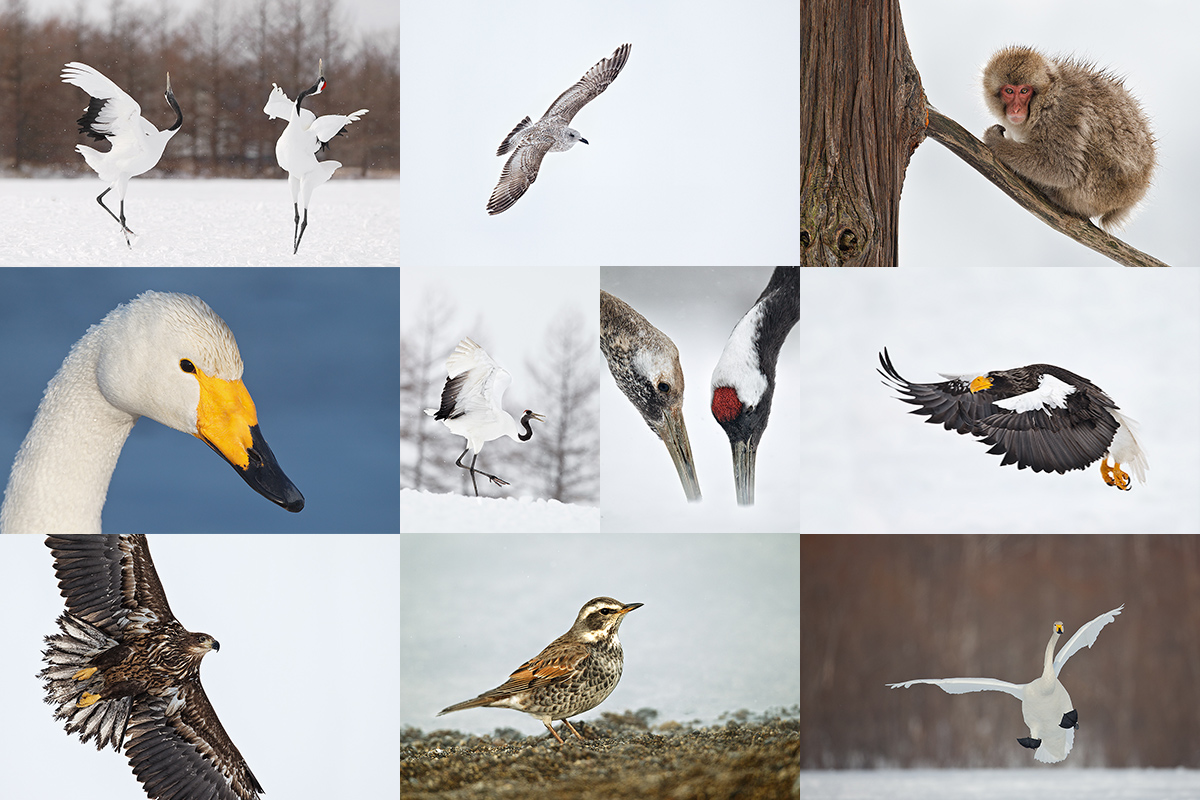













Hi Artie,
I love all your Educational Information. Thank you- thank you- and have told many friends. I have purchased lots- CD the art Of Bird Photographer 2- along with books and instructional Manuals of the 7 D mark 2 and the ID mark 4. I’m based in NY and went to BH to see you and Denise an few months back- loved it. I’m on a PC and have been using Breeze Browser for many years. In you post it says folks who are on a PC and use Breeze Browser read the fine print. Where would I find the fine print and what’s in the fine print. Originally I used BB to download images but I shoot sports and have viewing stations and use a program called Photo Parata to down load and rename images with year- month day the image # and folks can view images 5 min after event. But I still use BB to cull thru all images and with 2-4 Photographers in one day it can be 2000-4000 images. BB does the job quickly. I have heard wonderful things for years about PP. Which is your preferred program
Best
Bruce Smith
Thanks for your kind comments and purchases. I amended what I wrote originally to this:
Folks using a PC who are looking for a good browsing program need to read the fine print to decide between Photo Mechanic and BreezeBrowser. If I were on a PC, I would still be using and loving BreezeBrowser.
artie
Artie, I love the image and the wonderful backgrounds delivered by the 1-4 II. Can Photoshop blur background detail that would appear with a smaller aperture?
Thanks. That is a very tricky proposition and is almost always obvious…
a
With subjects like the egret chick there is one (albeit very counter intuitive thing) to bring the beak better into the DOF – do not focus on the eyes but slightly in front of them (either on a part of the beak or the wings, if they offer some contrast) as the DOF is on approximation distributed 1/3rd in front of the plane of maximum sharpness and 2/3rd behind the plane of maximum sharpness… Thus in this case you are (as we all are most of the time, relying on the autofocus to deliver those tack sharp – even to pixelpeepers – eyes) wasting about 1/2 to 2/3rd of the total DOF as practically nothing behind the eyes IMHO is relevant to the picture…
So if you got the time give it a try and focus on the eyes but then manually pull back the focus ever so slightly (or go for the focus point one to the left if the bird were similarly framed, thus picking up the area where the feathers just expose the beak of the bird)… I am using similar technique in macro photography (where the distribution of the DOF is 1/2 in front and 1/2 behind the plane of maximum sharpness – thus a little less wastage but as you know DOF is even more so at a premium in macro photography)…
I would never pull back the focus manually. To follow your suggestion here, I could have simply used the center AF point. I have tried what you suggested before and still do so on occasion. Focusing on the eye is a hard habit to break. FYI, DOF with telephoto lenses is also 50-50.
Here is a question for you: if I was 6 feet from the bird what would you estimate the total depth of field in this situation to be?
a
“Focusing on the eye is a hard habit to break” – Indeed, that’s why I wrote that it’s a very counter intuitive thing.
“To follow your suggestion here, I could have simply used the center AF point.” Or the one one step to the left…
“if I was 6 feet from the bird what would you estimate the total depth of field in this situation to be?” Not enough to cover the whole beak with half of it – and probably still not enough even with my suggestion put into action…
Agree. Total d-o-f would be less than 1/4 inch.
a
Hi Artie, how good is the 5DSR above ISO 800? I’ve looked but couldn’t find anything. Thx!
/A
Pretty good at ISO 1600, especially with NeatImage. Arash does not like it at ISO 3200 but I have had some pretty good results there….
artie